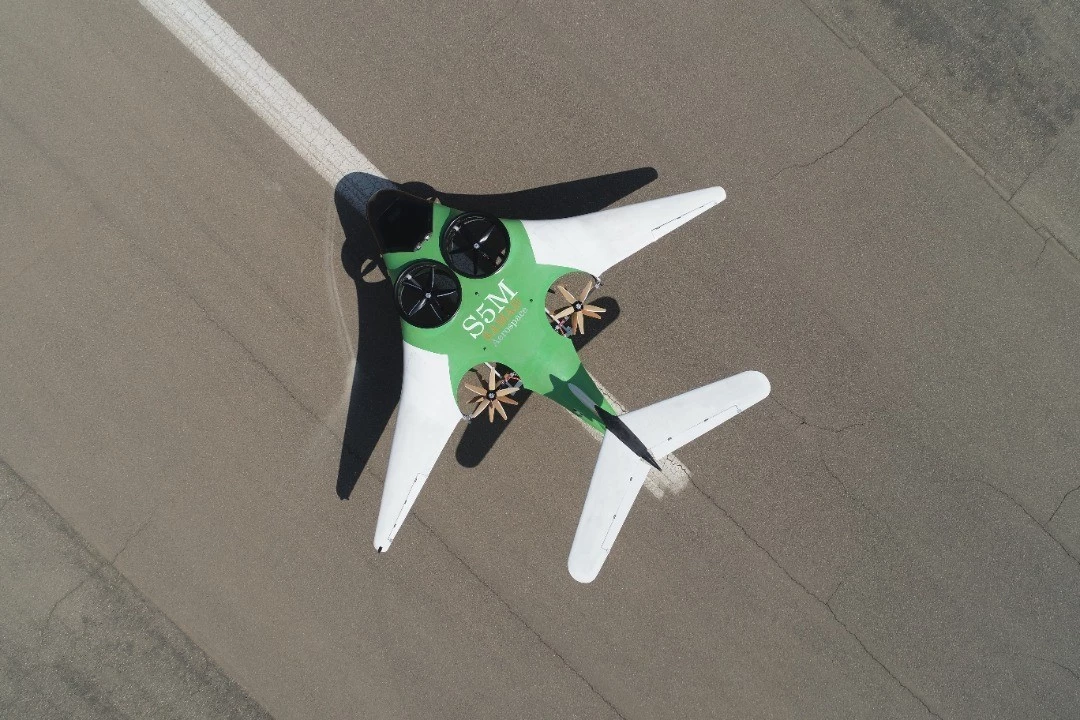The UK's Samad Aerospace is making progress with half-scale prototypes of its E-Starling eVTOL aircraft, and has now started taking pre-orders for a smaller cargo drone using a similar design and semi-vectored thrust propulsion system.
Samad has come a fair way since we proclaimed the company a long shot about a year ago. For starters, it's built a 50-percent scale prototype of its proposed passenger aircraft, and has commenced flight testing.
Back in March, the half-scale E-Starling was shown in flight, albeit using conventional takeoff and landing with its forward two vertical lift fans blocked off.
A few days ago, a new video was released showing that the front lift fans are now operational. With the rear ones tilted to face downward, the aircraft has now demonstrated a stable multicopter-style takeoff, controlled hover and landing.
This prototype is big enough to seat a pilot, as shown in the video below, although it's unlikely that anyone was in it when it flew; tests are typically undertaken without the additional weight and risk of a pilot.
So far, so good – the transitions from vertical hover to horizontal flight and back again will be more challenging, but enough companies have demonstrated transitioning flight now that it's starting to look like less of a mountain to climb. The E-Starling's coaxial props seem quite loud at the moment, too, but this can doubtless be ironed out as the company progresses toward its full-size test aircraft.
On the other end of the scale, the company is also looking to use a similar design in an unmanned cargo drone, capable of remote-controlled or auto-piloted flight.
The Starling Cargo will cruise at 95 mph (153 km/h), at altitudes up to 10,000 feet. It'll fly up to 135 miles (217 km) on a charge, and carry decent-sized payloads up to 50 kg (110 lb). Samad has "started the certification process" for this cargo drone, and is taking pre-orders now with deliveries slated to begin in 2022.

The company says it's seen interest from a range of oil and gas companies, mining companies, medical logistics operations and emergency responders.
All in all, it's good to see some quick progress from this Milton Keynes company, and while they're not yet breathing down the necks of compatriots Vertical Aerospace, these guys have staked their own claim and have a good chance to make us eat our words.
Source: Samad Aerospace






